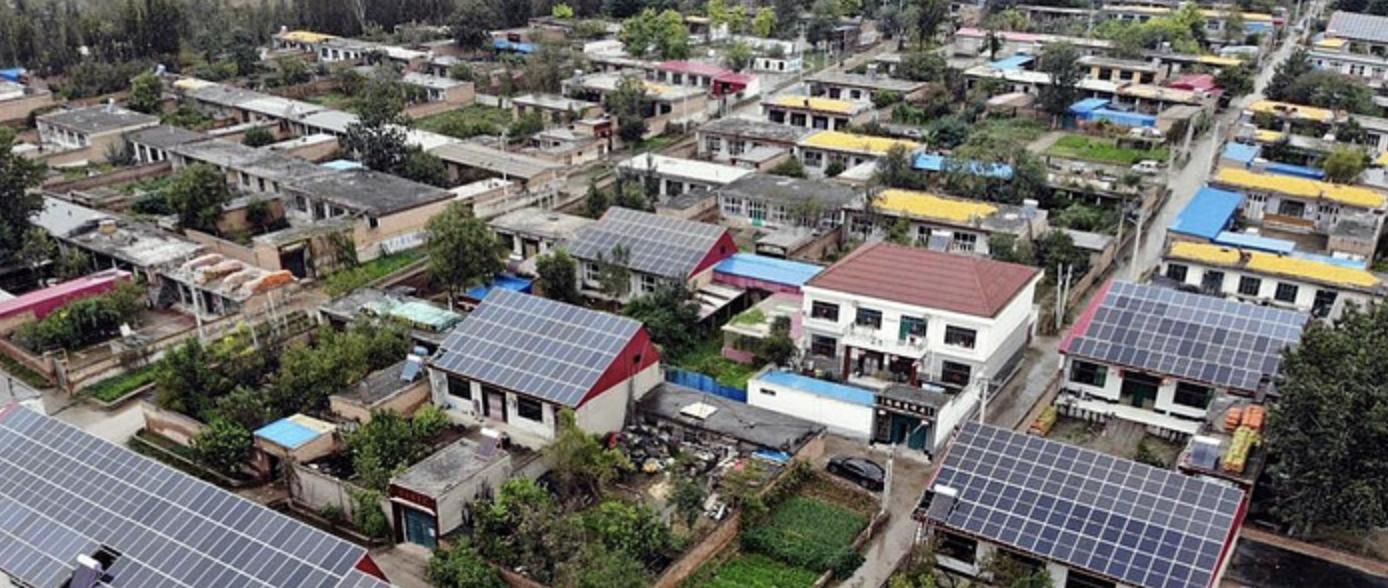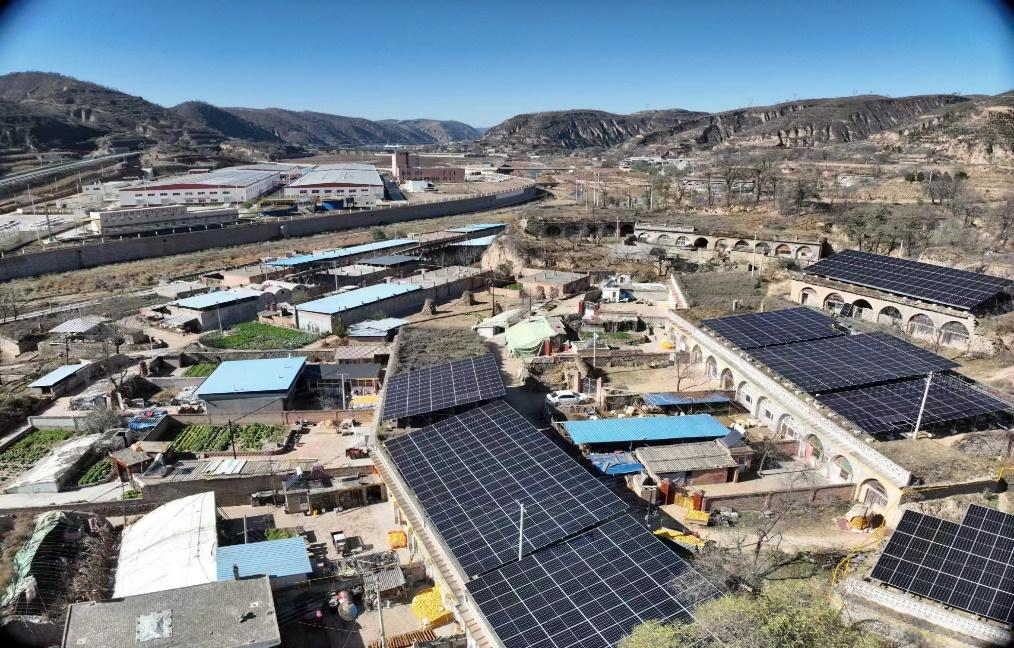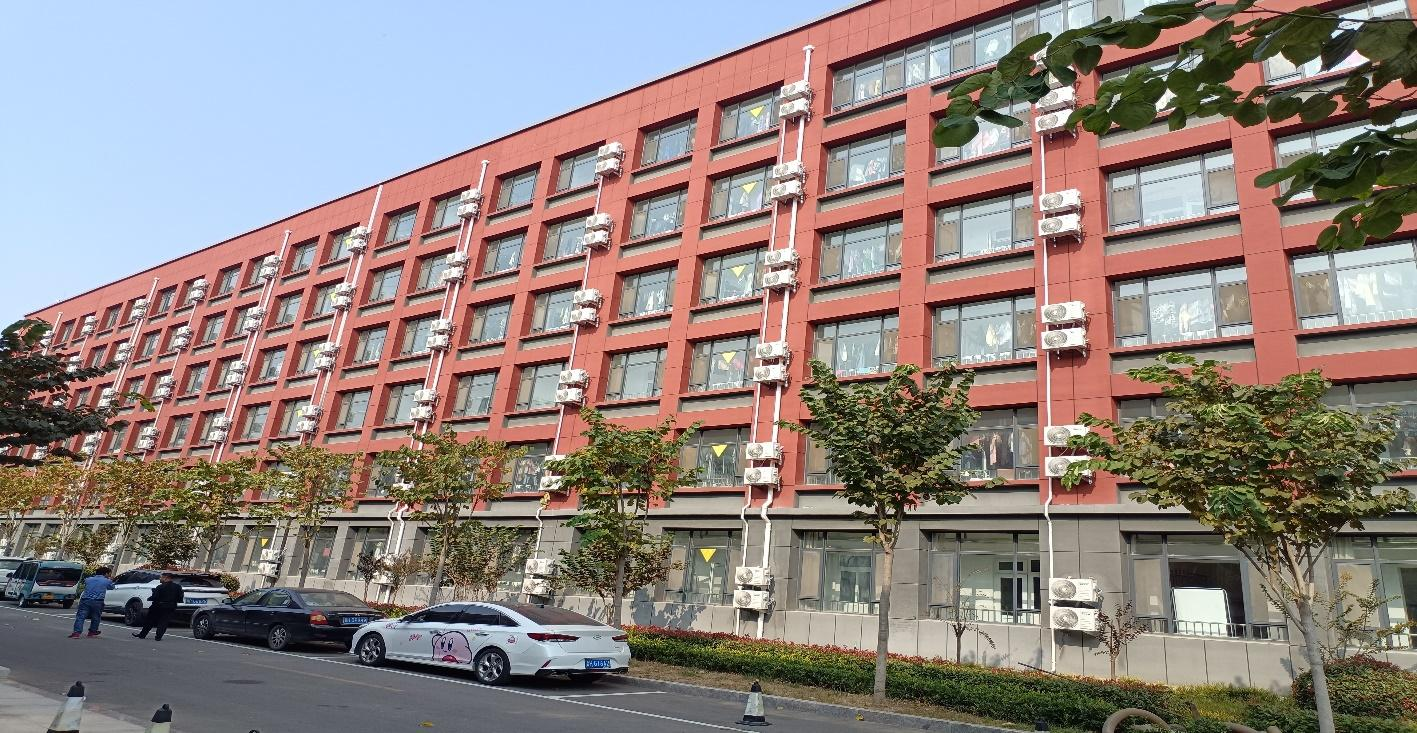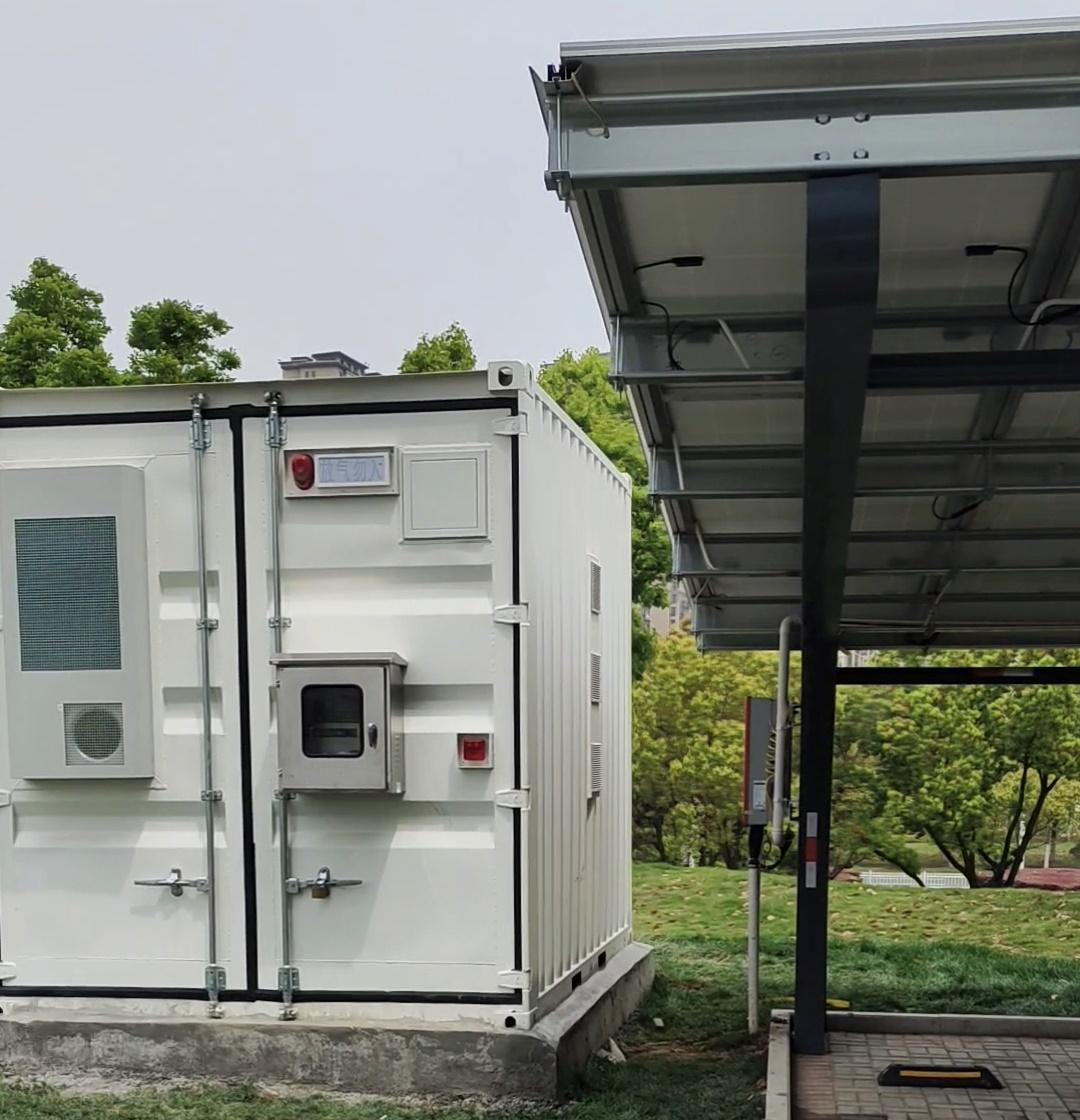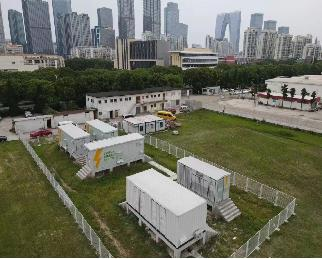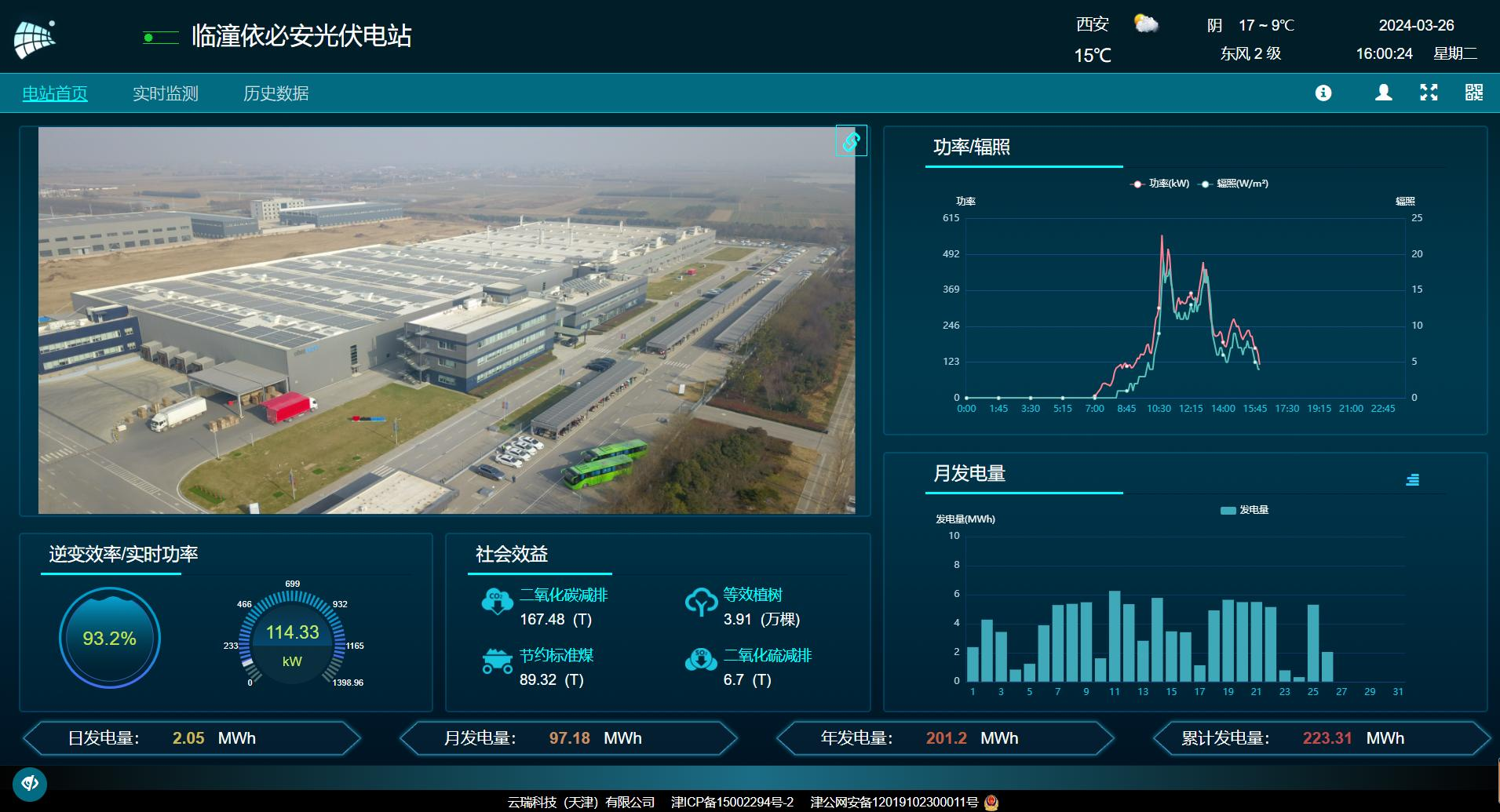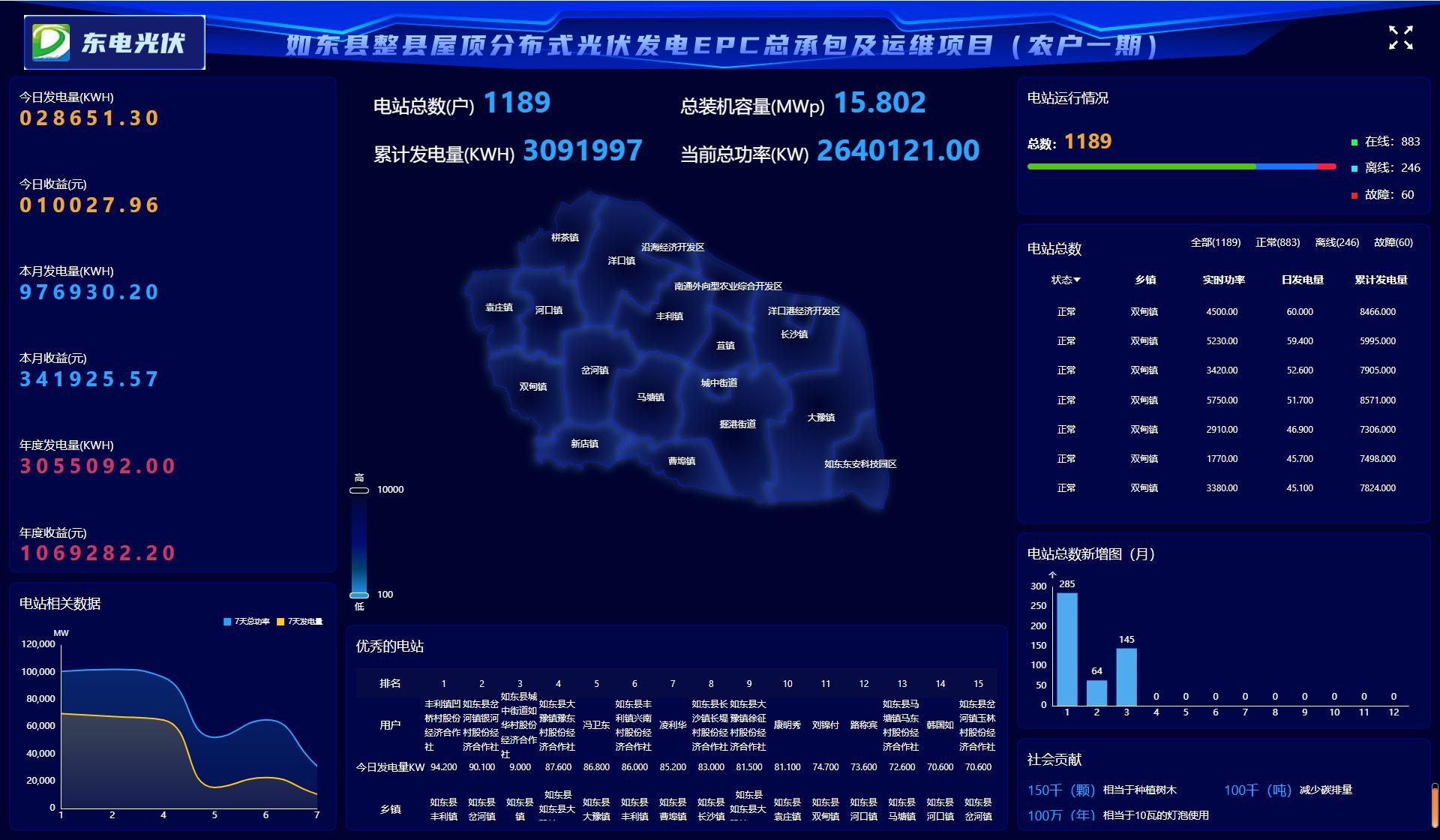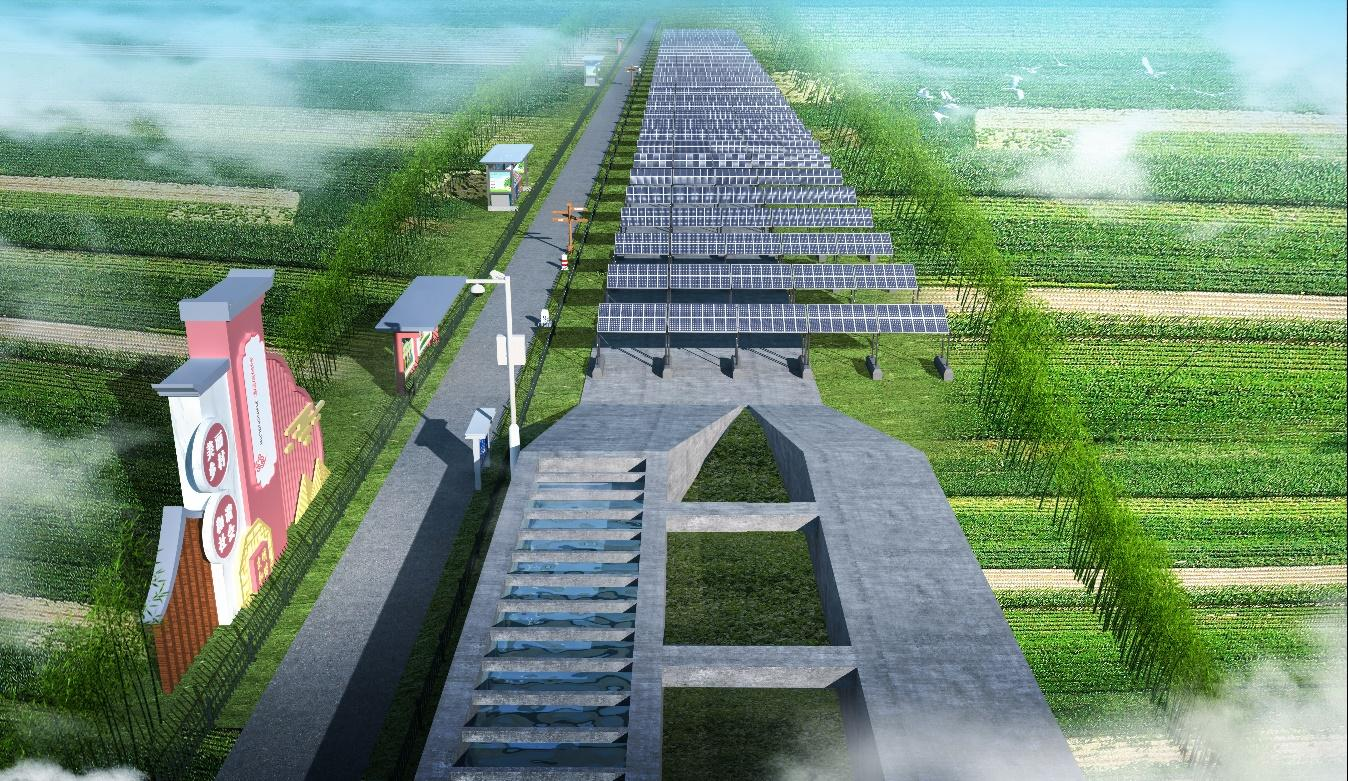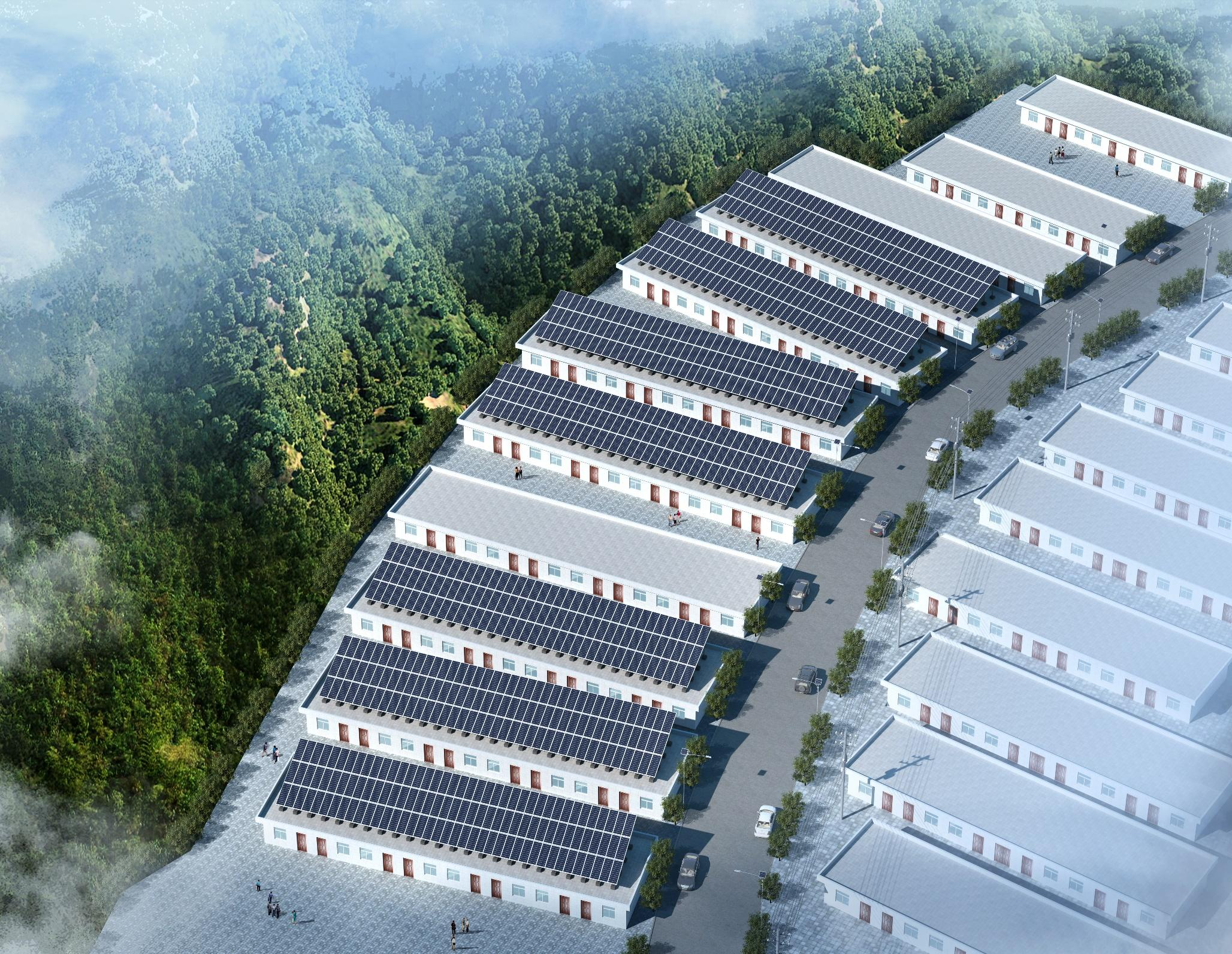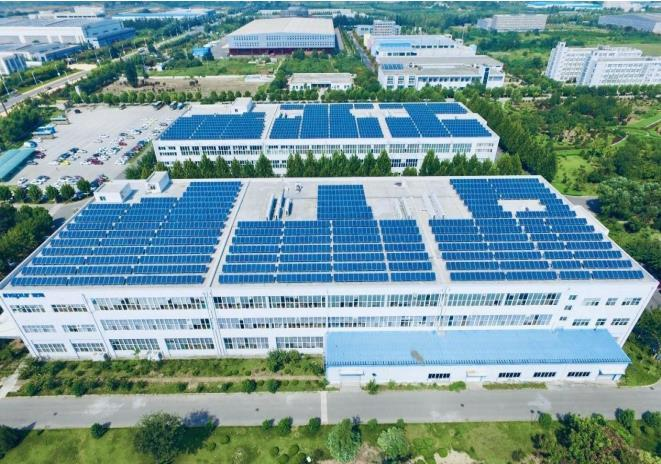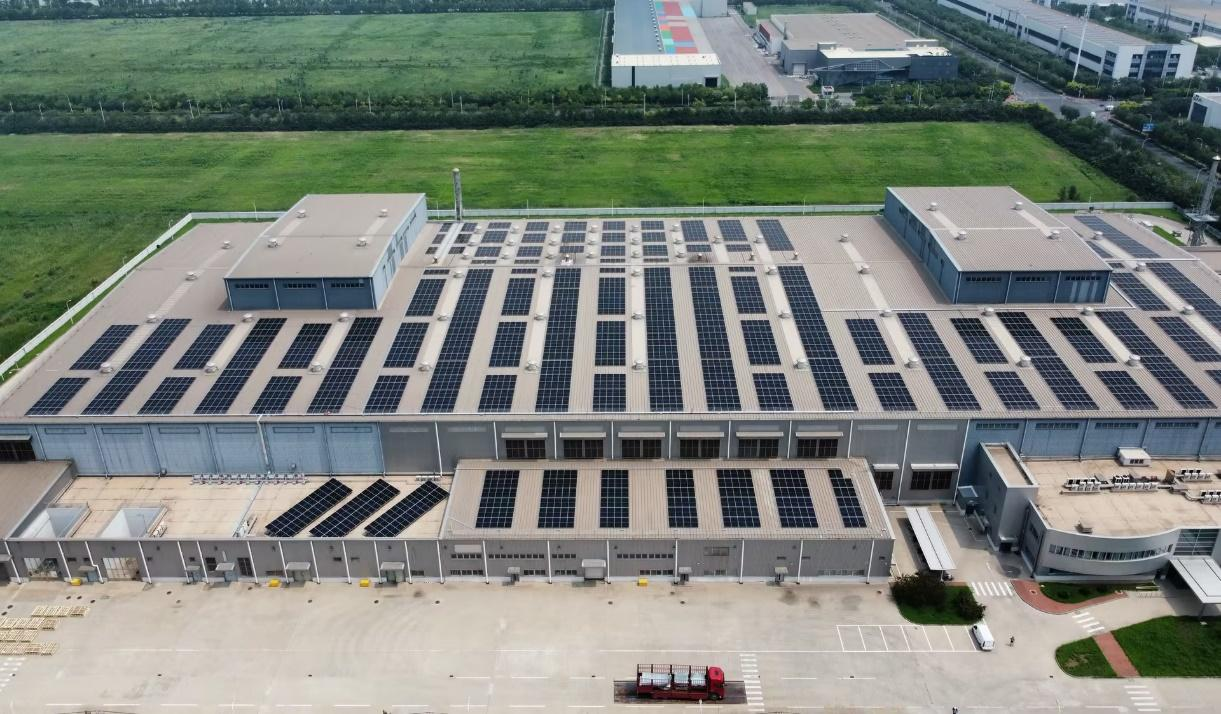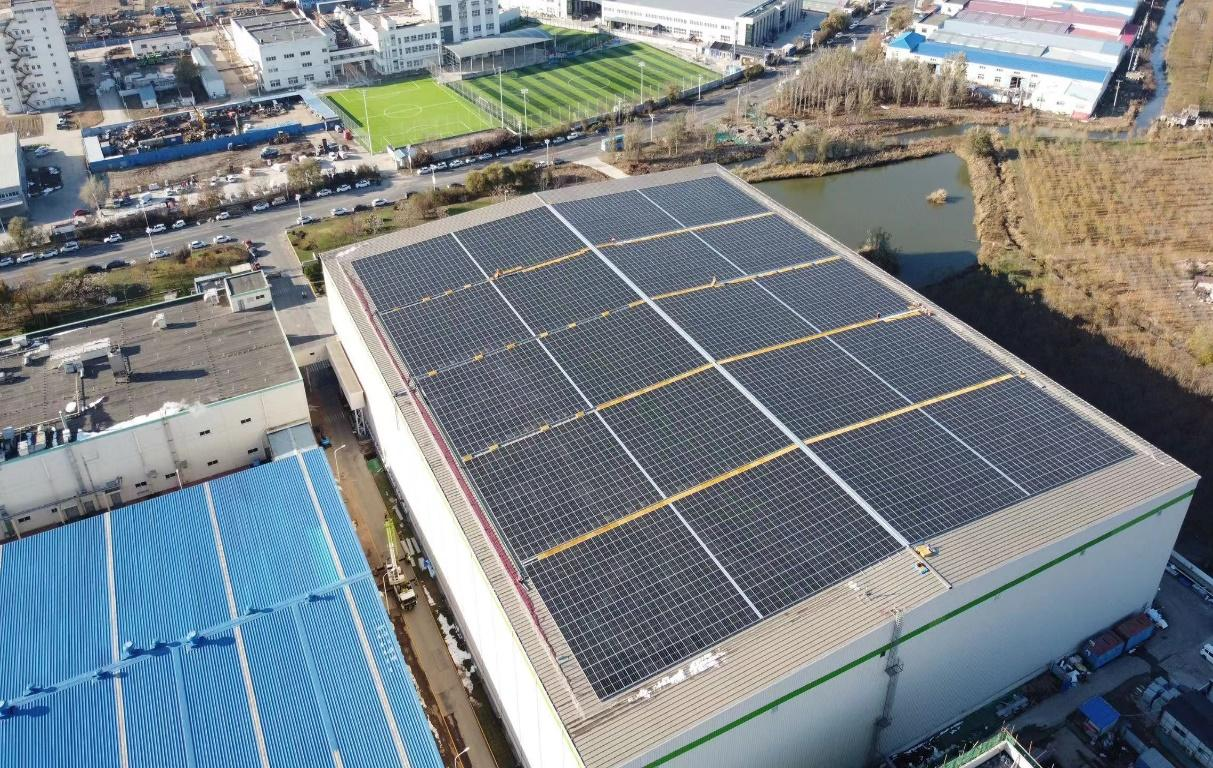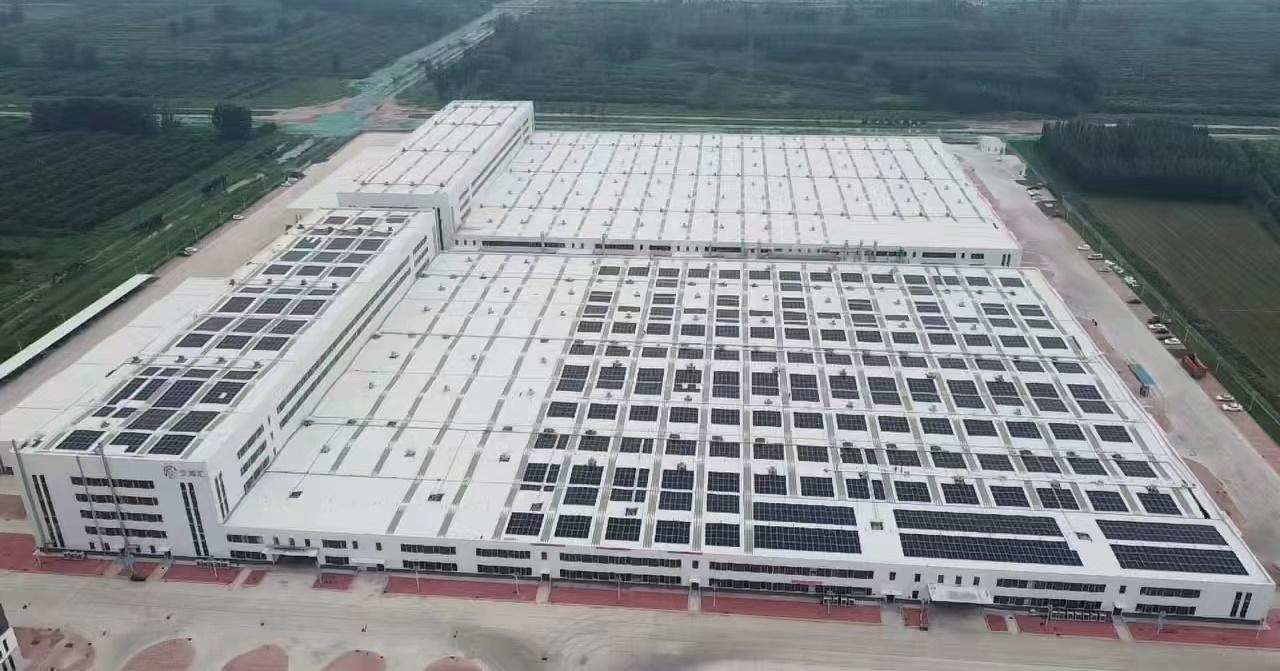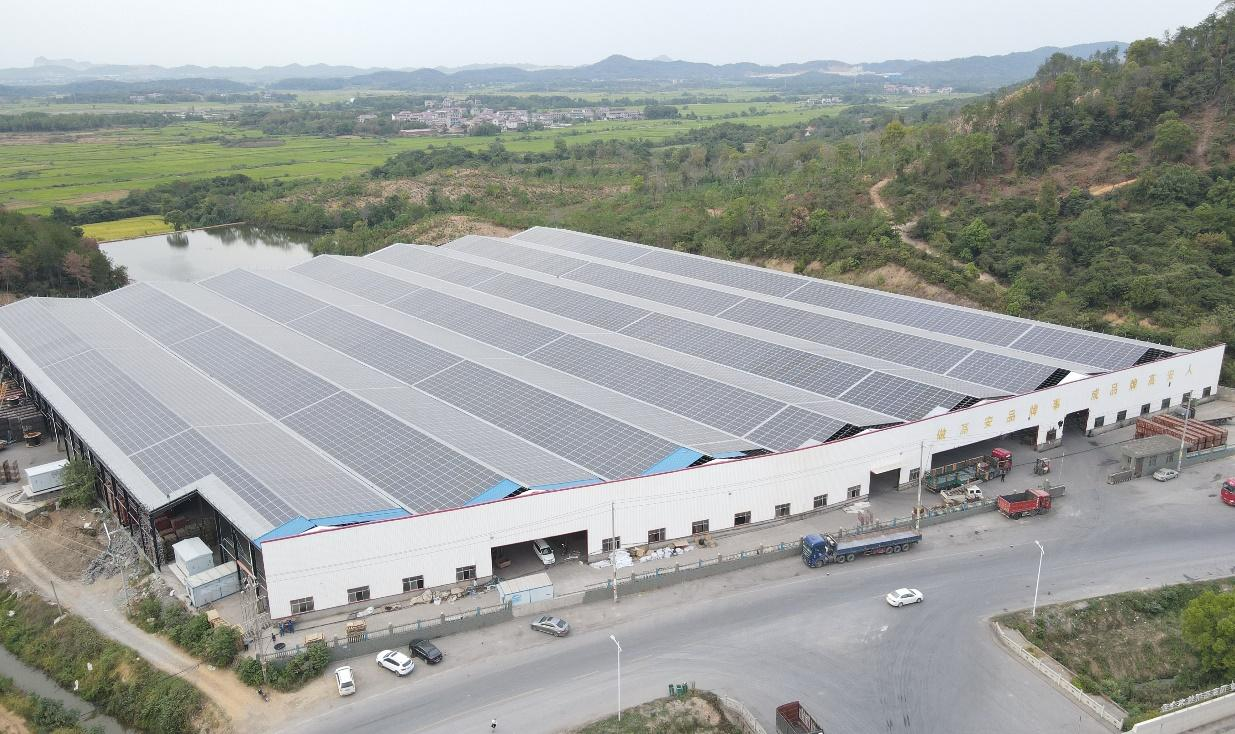Wedoany.com Report-Nov 18, High-temperature liquid sodium receivers able to run at over 700°C may allow use of modular multi-tower system configurations similar to that being developed by the Australian concentrated solar firm Vast for next-generation sodium-based concentrating solar power (CSP). Unlike today’s one tall central tower encircled by one large heliostat field, a liquid sodium-based CSP system enables consideration of multiple small solar-field-and-tower subsystems feeding into centralized storage and power block systems.
The key to multiple modular solar fields is the wide working range of liquid sodium between 100°C and 880°C. Compared to the more restricted operating temperature range of nitrate salts such as HITEC (150 to 600°C), a sodium heat transfer fluid is more suitable to being run through the more extensive piping needed to connect multiple solar fields to a single power block.
Vast has demonstrated the effectiveness of modular sodium-based CSP at temperatures up to 560°C. CSIRO researchers Daniel Potter and Yen Chean Soo Too are investigating sodium’s performance at 700°C to marry it to a next-generation supercritical CO2 power cycle, presenting their findings in the paper “Design of modular high temperature sodium solar collection subsystems.”
The research is being conducted at CSIRO as part of an Australian Solar Thermal Research Initiative (ASTRI) project.
As the leading developer of the Heliosim software used in the analysis, Potter leveraged software creation skills honed during a PhD in aerospace engineering.
“I was happy to be able to apply those skills to a field of research with a direct impact on a greener future for our planet,” said Potter.
Heliosim is used in day-to-day operations at CSIRO Newcastle to design, operate, and simulate the experimental receivers. Potter and Soo Too used Heliosim to optimize the design of high-temperature modular sodium systems and determine the levelized cost of heat (LCOH).
Why the study looked at the LCOH of just the solar collection system
An LCOE (Levelized Cost of Electricity) analysis would include the capital cost of an entire CSP plant, including thermal energy storage and a power block. However, for a modular system, this would vary depending on how many modules it incorporates. So, the study first determined the levelized cost of just the heat captured by one single subsystem, solar field / solar receiver, to get the LCOH of just the solar heat collection.
“The focus was trying to design a modular heliostat field and tower and receiver system to optimize the tower height, the heliostat field, and the receiver geometry to produce the lowest cost of heat for that subsystem,” he noted.
The 11.7 MW receiver design was based on a scaled-up version of the 700 kW ASTRI demonstration sodium receiver that will soon be tested at the CSIRO’s solar thermal research facility in Newcastle. The site considered in the study was the remote Pilbara region of Western Australia. This ideal site for CSP has a world-leading annual insolation of 2738 kWh/m2 and is close to the mining industry, which is largely dependent on generators for energy.
Potter assessed the pros and cons, including sodium’s more efficient solar delivery weighed against the extra cost of the extra piping gathering heat from multiple solar fields, considering that smaller solar fields can have receivers on shorter—and lower-cost—steel lattice towers. Which receiver and which solar field layout?
The critical aspect of the study was to compare the pros and cons of a billboard or a cavity receiver with the solar field configured either Cartesian (in grid formation) or radially (in concentric rings). There are trade-offs.
On a billboard receiver, sodium flows up and down within narrow piping on a flat plane. “So one of the difficulties with sodium in a sodium billboard receiver is that you have to keep the flow velocity below maybe around three meters per second. Otherwise, they significantly accelerate corrosion of the tubes,” said Potter.
Cavity receivers can have higher performance due to the cavity geometry reducing convective, reflection and re-radiation losses. However, they can be more costly because the optics, based on a single focal point, require the pipe banks to be a bit larger compared to a billboard receiver.
There are complex trade-offs in solar fields, too. For example, a Cartesian solar field with its typically taller receiver tower can have the most compact land footprint, reducing pipe networking costs. However, a taller receiver tower also increases the cost of the steel lattice construction and the vertical sodium piping.
Although cavity receivers are more efficient, in this sodium-based collector system, the LCOH was lowest with the billboard receiver
“Billboard receivers are a good option for sodium systems,” he said. “That’s not immediately obvious because, at higher temperatures, you do have higher thermal radiation losses. The previous logic has been that if you’re going to have higher temperatures, you need to minimize thermal radiation losses by using a cavity. But we found that this isn’t necessarily the case for sodium when the levelized cost of heat is considered.”
Although the study found that the overall lowest LCOH would be achieved by combining a billboard receiver on an 80 meter tall tower with a Cartesian solar field layout, reasonable LCOH could also be achieved at tower heights under 70 meters by using the radially staggered solar field layout.

